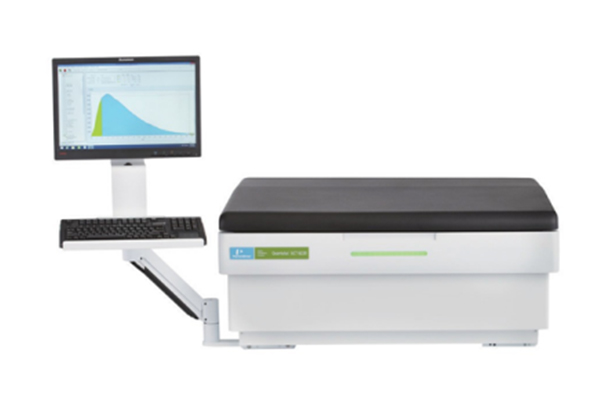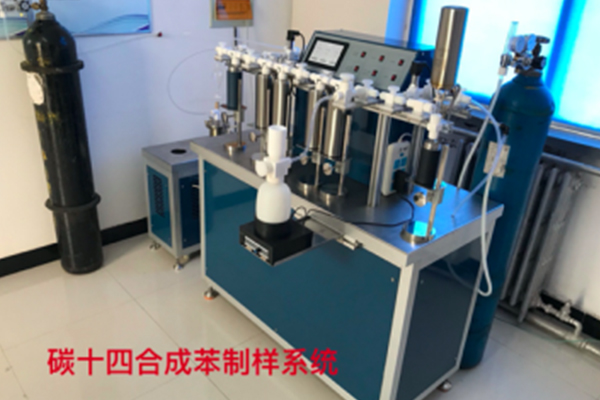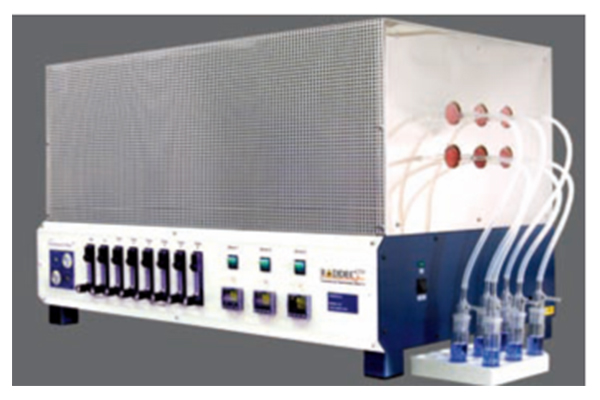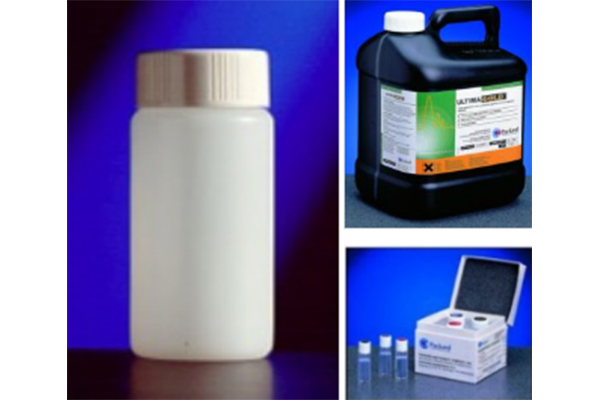Applications & Solutions
Biobased Content Monitoring Solution
In order for China to reach the carbon peak target by 2030, bio-based materials are one of the indispensable means to replace petrochemical-based materials. The carbon dioxide generated during the utilization of bio-based materials is carbon neutral, that is, it does not increase the amount of carbon dioxide in the atmosphere, but it also does not reduce the amount of carbon dioxide in the atmosphere. In contrast, when petrochemical-based products are burned or decomposed, carbon dioxide is released, which is a positive emission and increases the total amount of carbon dioxide in the atmosphere; if petrochemical-based materials can be replaced by bio-based materials, there will be considerable carbon reductions.
Carbon-14 testing is the only way to differentiate between biomass and petrochemical sources. The biobased content is calculated by comparing the isotopic 14C content of the material to determine its modern carbon ratio.
The following two methods are commonly used methods for measuring biobased 14C content:
- ccelerator Mass Spectrometry (AMS)
-
Liquid scintillation counting (LSC) :
Recommended monitoring equipment:
|
No. |
Type |
Equipment |
Specifications |
|
1 |
Pre-processing equipment |
Oxidation furnace |
Quantulus GCT 6220 |
|
2 |
Benzene Synthesis Plant |
BW-PTC302B |
|
|
3 |
measuring equipment |
Low background liquid scintillation counter |
BW-Carb-I-O |
|
4 |
Reagent consumables |
Unquenched standard |
/ |
|
5 |
Low Potassium Glass Vial |
/ |
|
|
6 |
Standards |
/ |
|
|
7 |
14C Scintillation Cocktails |
Permafluor E+ |
|
|
8 |
14C Scintillation Cocktails |
Carbo-Sorb E |







